Create this 5 minute craft with this kid-made chromatography! This is a simple science experiment for your STEM classroom that includes an easy art lesson.
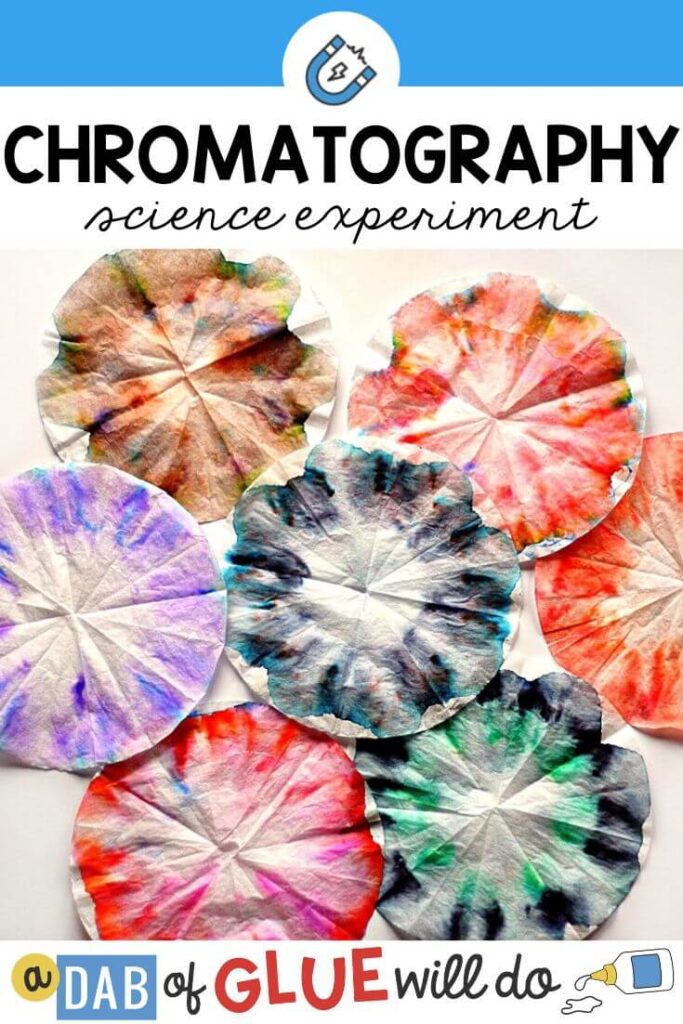
Our favorite projects always combine art with science to engage the kids’ creativity while encouraging them to experiment. Marker chromatography is an easy science experiment that produces colorful artwork that can either be displayed as-is or folded into any number of little crafts. It’s perfect for preschool and kindergarten students, but older children will enjoy it and learn some awesome science as well!
Getting Kid Made Chromatography Ready
To do this project we headed to the kitchen and gathered the following simple supplies:
- Glass jar
- White coffee filters
- Washable markers
- Craft stick
- Binder clip
- Paper towels
I filled the jar with a couple inches of water, passed out a coffee filter and some markers to each kid, and we were ready to get started!
Kid Made Chromatography
I instructed the kids to draw a circular design on the coffee filters. Dark colors like purple and black produce the most interesting chromatography results, but any color will work.
Some of the kids colored symmetrical designs and others wanted to just draw a picture. It all kind of blends together eventually anyway, so I just let them create what they felt inspired to do.
Once they were done drawing, we folded the coffee filter in half four times until it was narrow enough to fit inside the jar.
I placed a craft stick at the top of the coffee filter wedge and then used a binder clip to attach the paper and the stick together.
The kids placed their coffee filter into the jar and rested the craft stick across the top. The tip of the coffee filter was just barely touching the water at the bottom of the jar.
Within just a few seconds we watched as the coffee filter absorbed the water and drew it upwards. As the water moved up the paper, the colored marker moved along with it. The colors began to separate and blend with other colors as they traveled up the coffee filter!
Right before the water reached the top of the paper, we removed it from the jar, carefully unfolded it, and laid it out to dry on a paper towel. The kids created some really beautiful coffee filter marker chromatography! They were so pleased with the results that they continued making more and more pieces of art.
The Science Behind Marker Chromatography
Coffee filters are thin paper that contains cellulose, the same compound that trees and plants are made of. Cellulose pulls water up by capillary action, a cool phenomenon that we experimented with in our walking water science experiment.
Marker inks are made from many different colored dyes. (This is most obvious with dark colors such as black and purple.) Each dye is made up of different chemicals, some heavier and some lighter, that travel at different speeds as the water moves them up the paper.
The heavier dyes will separate out first and move more slowly while the lighter dyes keep moving faster up the paper, creating the tie-dyed or washed out effect. If you only use one color on the coffee filter, try to count how many different colors you see on your final product!
Chromatography is used every day in professional chemistry and biology labs. This marker chromatography science experiment is an easy and safe way to play scientist at home or in the classroom!
More Science Activities and Ideas
Walking Water Science for Kids
Want science planned for you ALL YEAR LONG?!
Do you want science planned for the ENTIRE CALENDAR YEAR!? This Endless Science Mega Bundle will save you so much time and keep your students engaged and excited about learning. This amazing resource contains 53 science topics including life science, physical science, earth science, and animal studies.

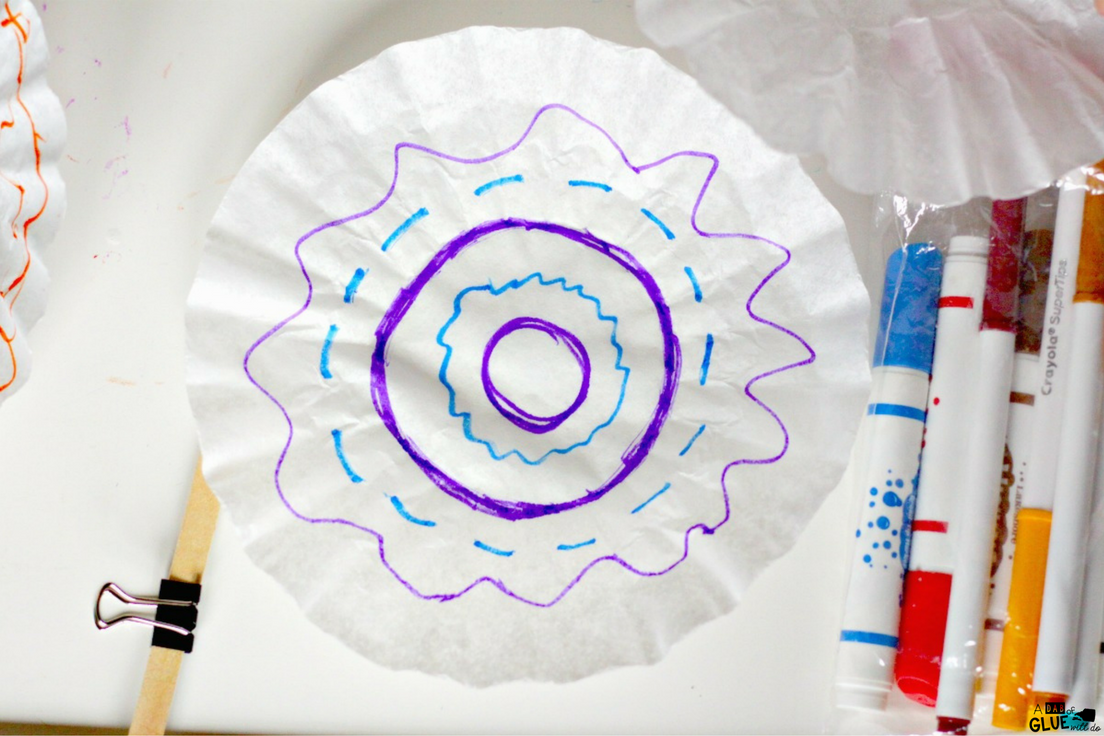
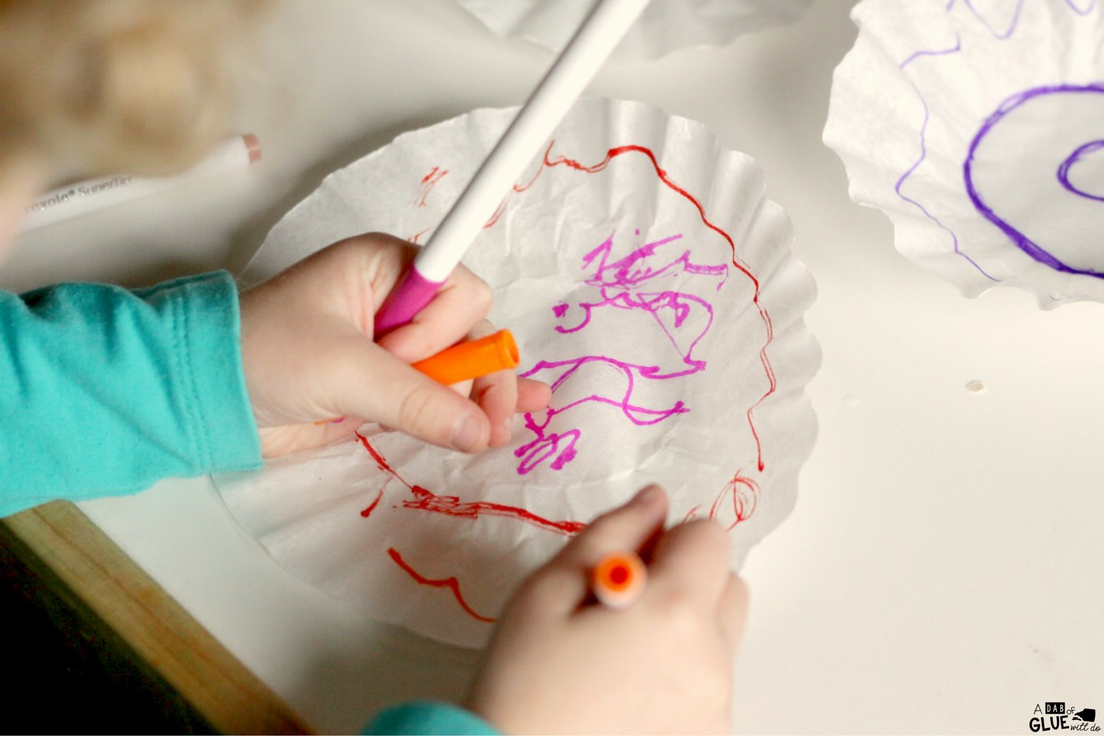
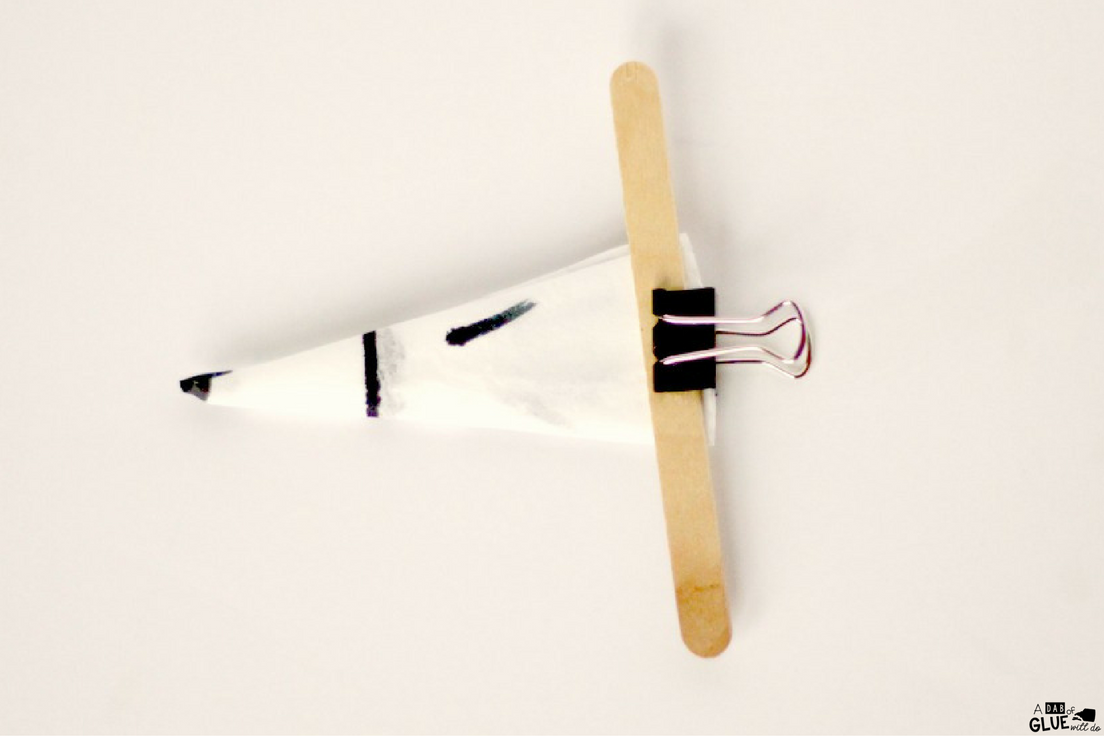
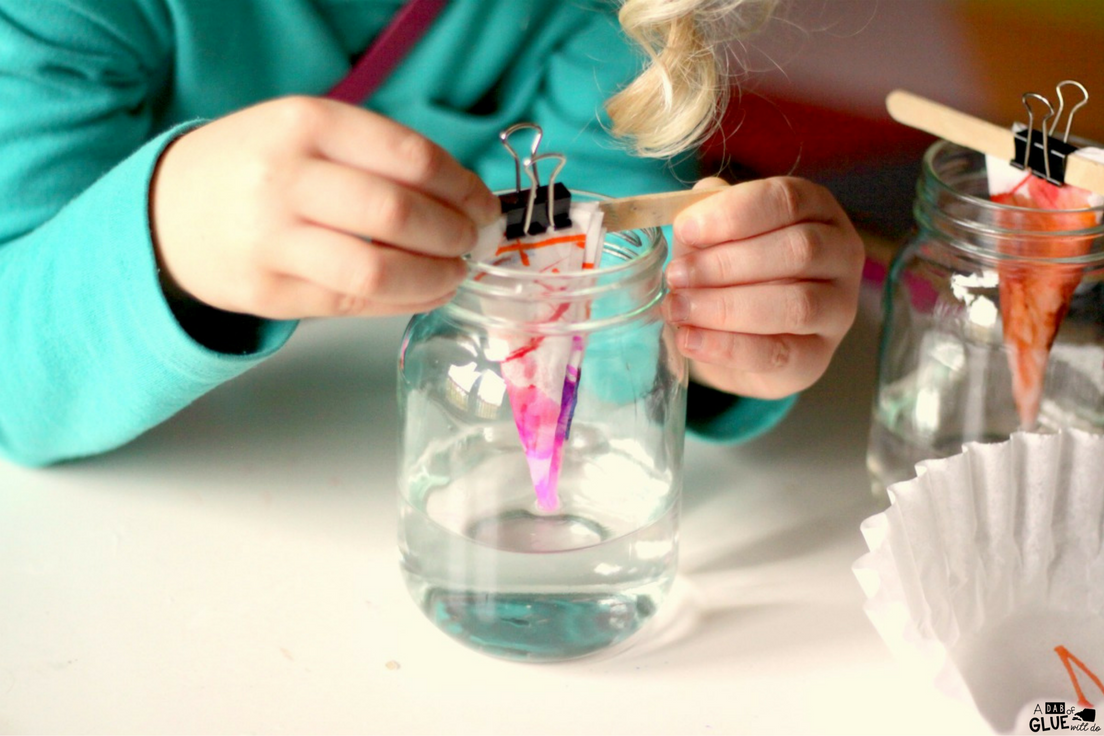
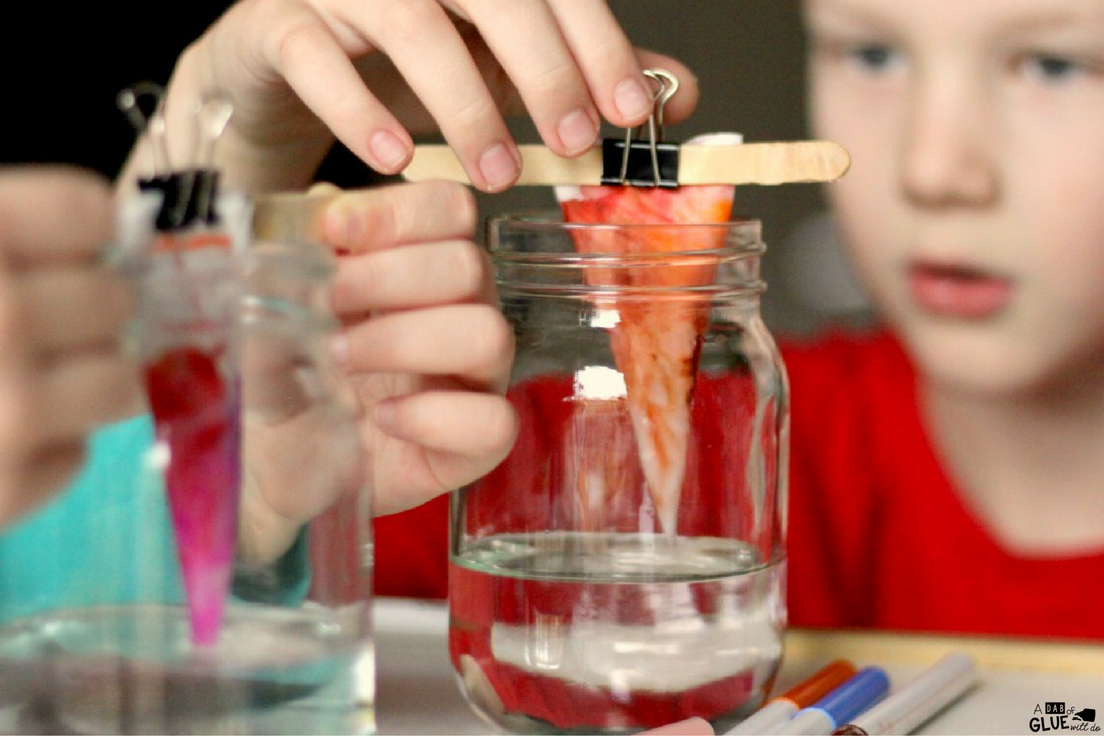
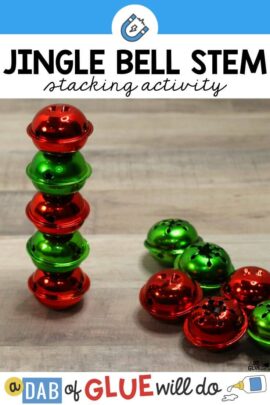
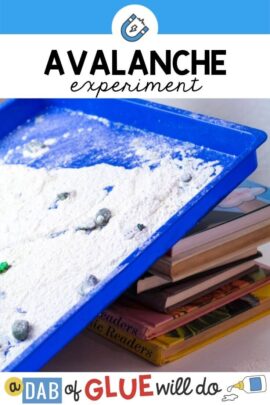
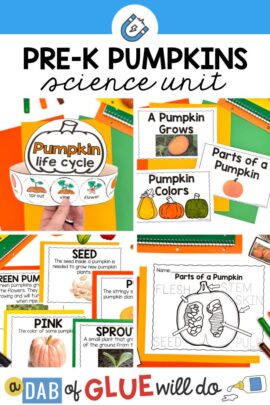
Hello.
Can you please forward me printable directions. I work in a Dementia facility, and Id love the activities person to do this with the Elders.
I’d appreciate it!
Its excellent as your other articles : D, thankyou for putting up. “What makes something special is not just what you have to gain, but what you feel there is to lose.” by Andre Agassi.